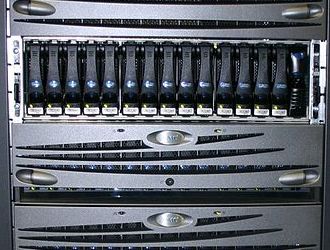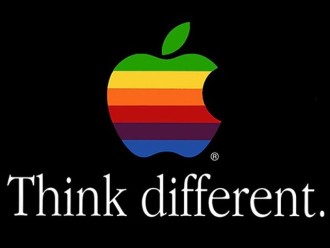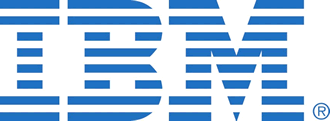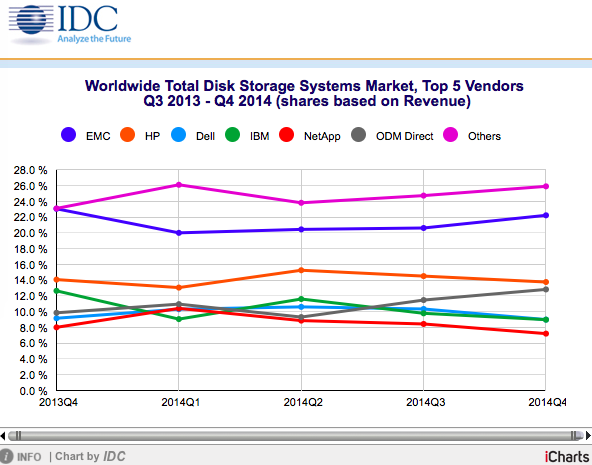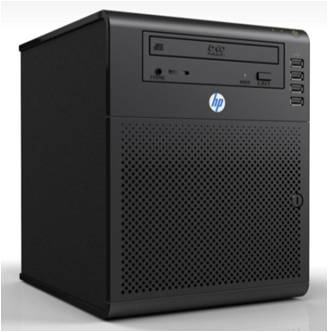 The bloke who created an empire based on really expensive management software, which no one was quite sure what it did, has died.
The bloke who created an empire based on really expensive management software, which no one was quite sure what it did, has died.
Klaus Tschira, one of the co-founders of European software giant SAP, has died unexpectedly at the age of 74, his foundation said.
Tschira, a trained physicist, left IBM to found SAP in 1972 together with four IBM colleagues: Hasso Plattner, who is still the company’s chairman, Dietmar Hopp, Hans-Werner Hector and Claus Wellenreuther.
SAP began by developing software that could process data in real time rather than overnight in batches, and went public in 1988.
It is now Europe’s biggest technology company, with revenues of $18.9 billion and had more than 74,000 employees in 2014.
He also founded the Klaus Tschira Foundation (KTF) in 1995 as a non-profit organisation to support projects in natural and computer sciences and mathematics.
Tschira, a billionaire, stepped down from SAP’s supervisory board in 2007. He is survived by his wife Gerda Tschira and two sons.


